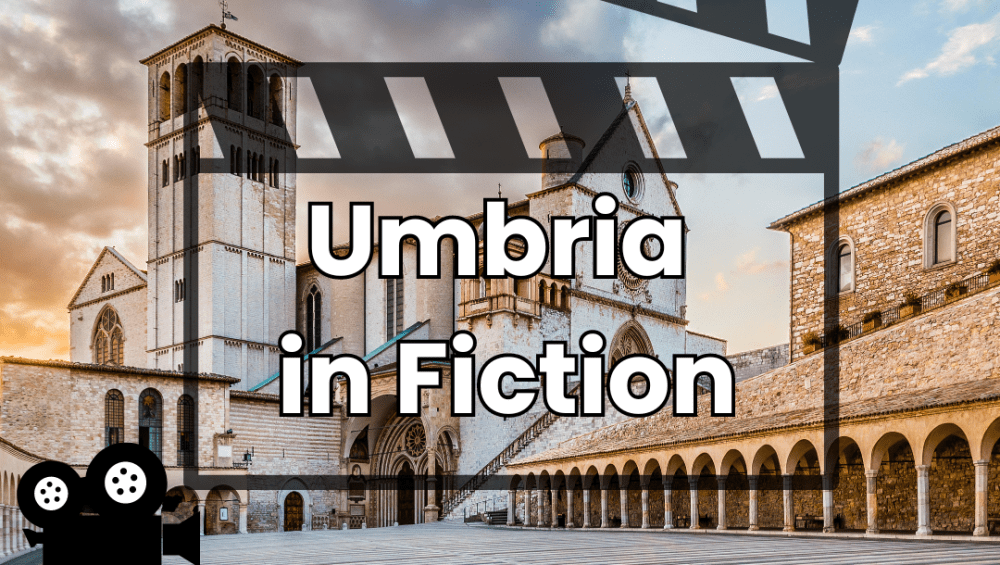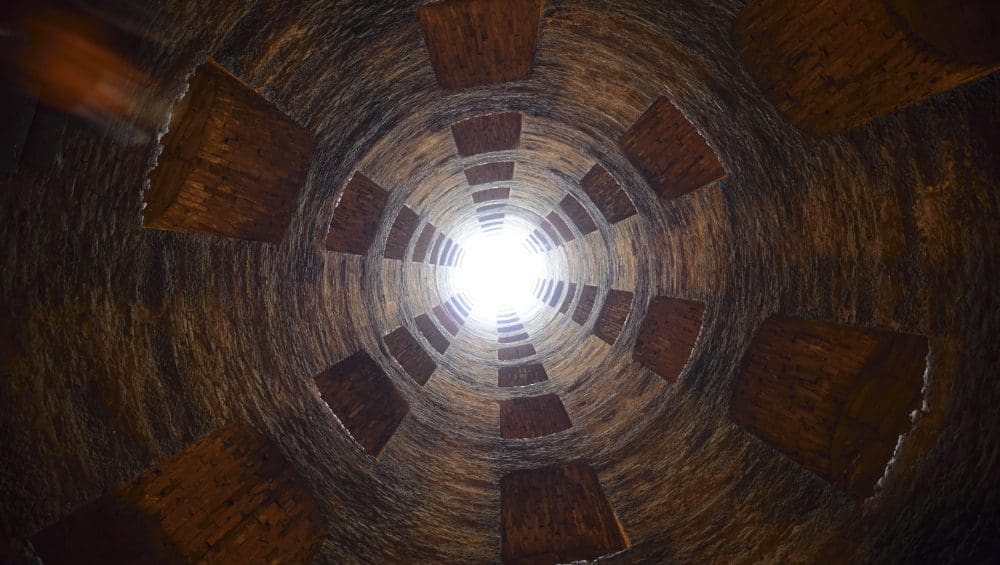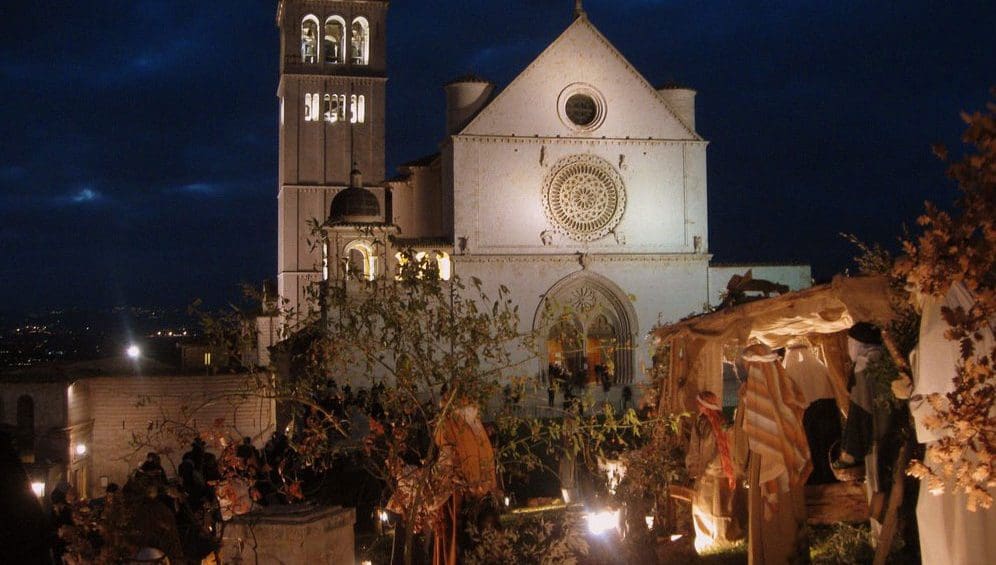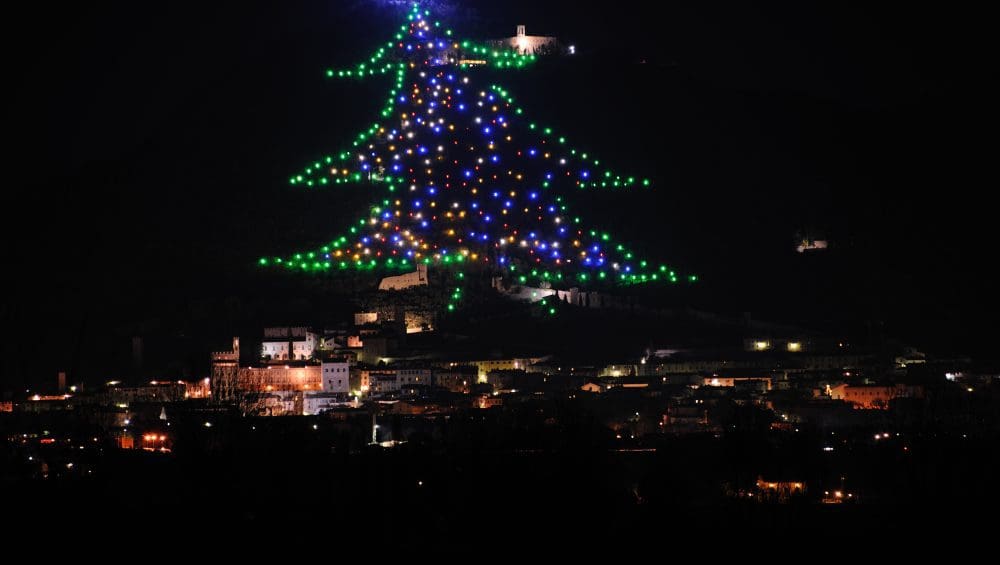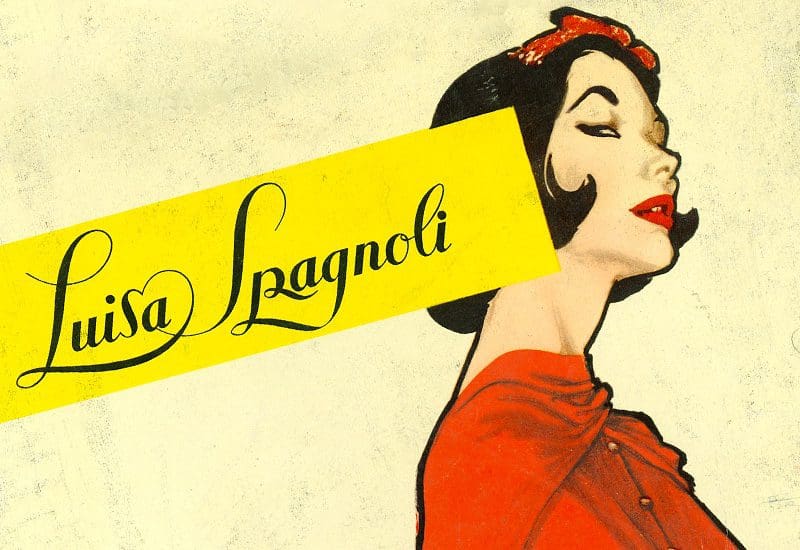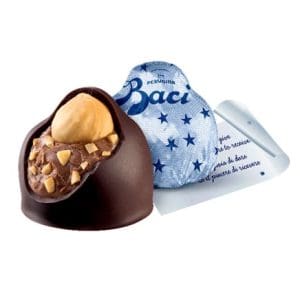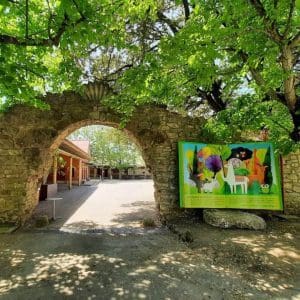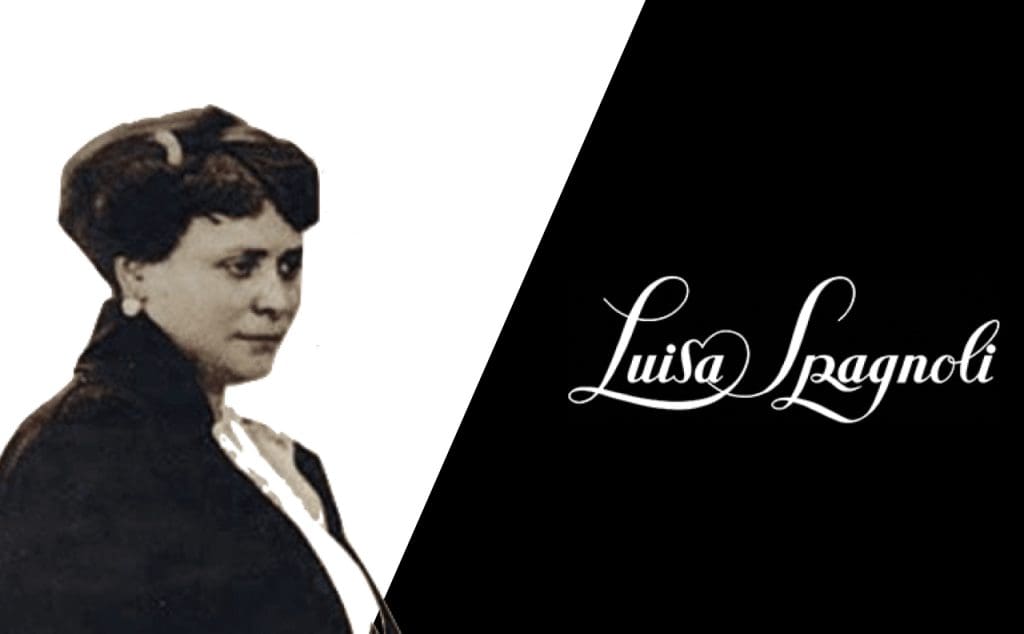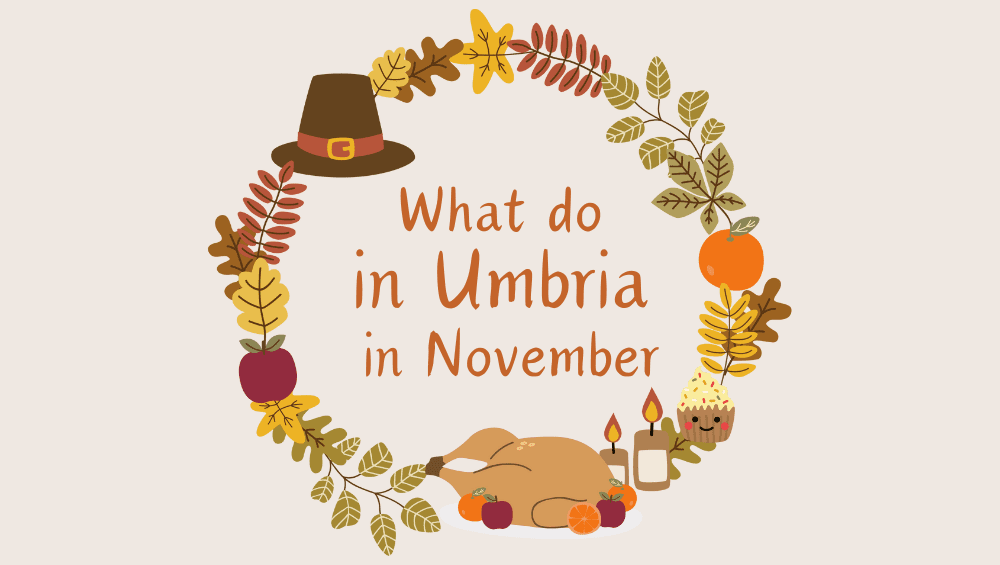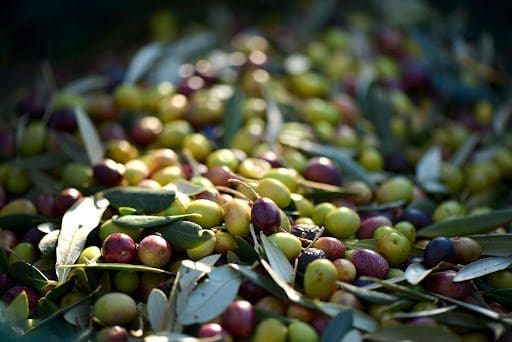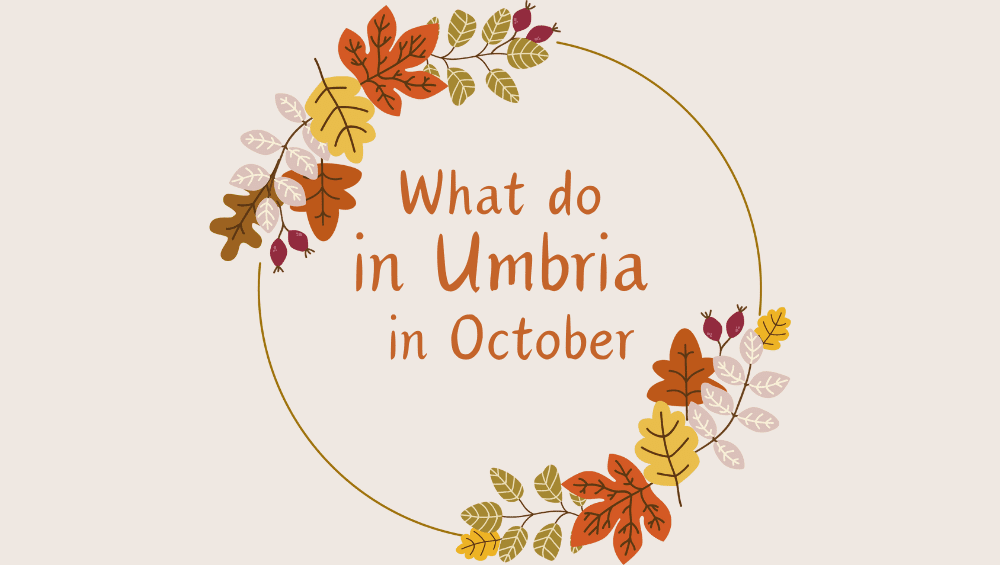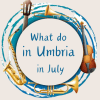Umbria in Fiction
L’Umbria da Fiction
Benvenuti in Umbria, nel cuore verde dell’Italia, una Regione che incanta con la sua bellezza naturale e il suo fascino storico. Ma c’è qualcosa di magico nell’Umbria che va oltre i suoi paesaggi mozzafiato e le sue città medievali: è il luogo dove la magia del cinema e della televisione prende vita!
In questo viaggio cinematografico, esploreremo i luoghi incantati dell’Umbria che sono servito da sfondo per film e fiction, portando sullo schermo la ricchezza della sua cultura e della sua storia.
Città della Pieve e “CARABINIERI”
Città della Pieve caratterizzata dai suoi edifici in mattoni rossi e situata al confine tra l’Umbria e la Toscana, è stata forse la prima location in Umbria a fare da sfondo per avvincenti inseguimenti tra criminali e carabinieri, nella Fiction “Carabinieri” e che ha fatto da trampolino di lancio nella carriera da attori come Manuela Arcuri, Martina Colombari, Lorenzo Crespi…
La caserma dei carabinieri è stata collocata in via Maddalena 34 in un istituto tecnico.
Il celebre Bar Pippo, frequentato dai protagonisti della fiction, si trova invece in Piazza Matteotti, ed è ancora oggi attivo.
Assisi e “CHE DIO CI AIUTI”
Assisi è stata la protagonista delle ultime stagioni della celebre fiction Rai “Che Dio ci aiuti”.
Girovagando per le strade della città, è possibile identificare gli edifici storici di Assisi che fungono da cornice alle avventure di Suor Angela, interpretata dall’attrice Elena Sofia Ricci, che attraversa il centro storico a bordo del suo ormai iconico pulmino blu. Location delle riprese sono state anche la maestosa Basilica Papale di San Francesco, la Basilica di Santa Chiara e la Cattedrale di San Rufino. Molti dei dialoghi tra Suor Angela e Suor Costanza, interpretata dall’attrice Francesca Chillemi, sono state girate, per esempio, nella chiesetta di San Giacomo de Muro Rupto.
Perugia e “LUISA SPAGNOLI”
Perugia, la pittoresca capitale dell’Umbria, è stata il set per numerose produzioni cinematografiche e televisive: una tra queste, trasmessa nel 2016, è la serie televisiva dedicata a Luisa Spagnoli (ne avevamo parlato qui), imprenditrice lungimirante e creatrice del marchio di moda che porta il suo nome e del famoso Bacio Perugina, il cioccolatino con la nocciola ideato insieme al marito Francesco Buitoni.
La scenografia si è sviluppata soprattutto in piazza IV Novembre, tra la Cattedrale di San Lorenzo, la Fontana Maggiore e Palazzo Priori. Luisa Spagnoli, interpretata dalla bellissima e bravissima Luisa Ranieri, ha sfoggiato eleganti abiti d’epoca mentre percorreva Corso Vannucci, il corso principale di Perugia ma anche le suggestive scalette di Sant’Ercolano
“DON MATTEO” tra Gubbio e Spoleto
Gubbio, con le sue case di pietra e i vicoli stretti, è un vero tesoro medievale che ha attirato registi di tutto il mondo. La città è stata utilizzata come primo set per il film “Don Matteo”, prima di passare. Gubbio offre un’atmosfera autentica che ha reso la serie ancora più coinvolgente per gli spettatori. A Gubbio, in particolare, sono stati utilizzati la Chiesa di San Giovanni per la canonica e la chiesa della Fiction. Nella Piazza Grande, di fronte al Palazzo dei Consolo, invece, si trovata la caserma del maresciallo Cecchini, dove è ancora posizionato il tavolo delle partite a scacchi tra Don Matteo e il Maresciallo. Le famose passeggiate in bicicletta di Terence Hill – DON MATTEO, sono girare in Via Savelli, Via Piccardi e Via Baldassini.
A Spoleto, invece, la maestosa Cattedrale di Santa Maria Assunta, conosciuta anche come Duomo di Spoleto, è la location iconica della serie. Questo capolavoro di architettura romanica ospita opere d’arte straordinarie e rappresenta uno dei luoghi più sacri della città. Nella trama di “Don Matteo”, la cattedrale ospita la Canonica, la Caserma dei Carabinieri e il Parlatorio.
Poco distante si può ammirare Piazza della Signoria dove sono state girate molte scene della Fiction. Palazzo Bufalini è stato utilizzato per le riprese in esterna della Caserma dei Carabinieri.
L’Umbria è molto più di un’incantevole regione italiana: è un mondo di possibilità per cineasti e registi che desiderano catturare la sua bellezza e il suo fascino senza tempo. Esplorare i luoghi dove sono stati girati film e fiction in Umbria è un modo affascinante per scoprire la regione da una prospettiva unica, attraverso gli occhi dei creatori cinematografici che hanno reso questi luoghi indimenticabili sul grande e piccolo schermo.


